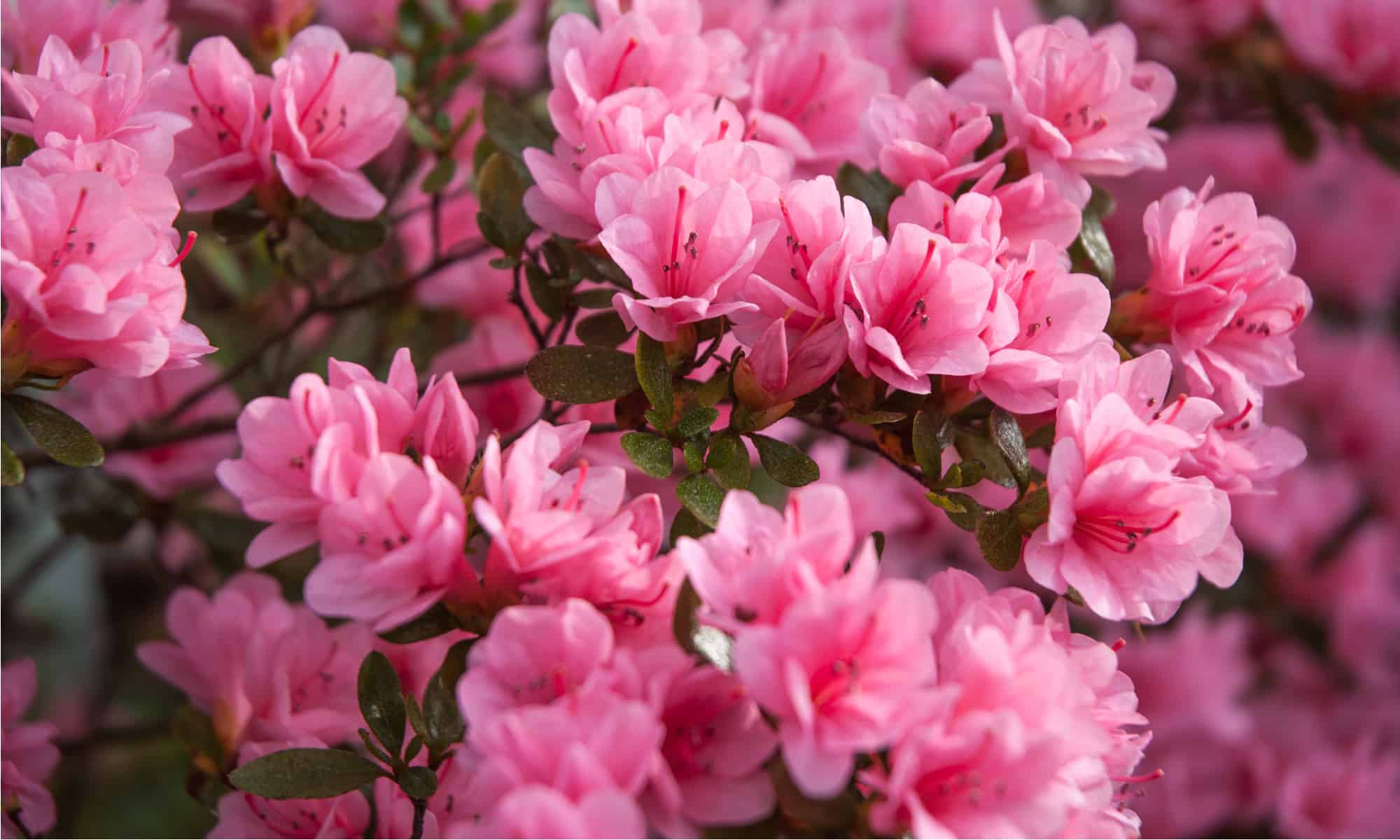
Azaleas are a stunning variety of flowering plants that belong to the Rhododendron family. These beautiful, vibrant flowers have captured the hearts of gardeners and flower enthusiasts for centuries. With their wide range of colors, intricate blooms, and delightful fragrance, it’s no wonder why azaleas are a popular choice for gardens, parks, and landscapes around the world.
However, there is much more to these fascinating flowers than meets the eye. From their unique growing habits to their historical significance, azaleas have a wealth of incredible facts that are sure to surprise and intrigue you. In this article, we will explore 8 unbelievable facts about azaleas that will deepen your appreciation for these captivating plants.
Key Takeaways:
- Azaleas are stunning flowering shrubs native to Asia and Europe, with over 10,000 varieties, symbolizing femininity and love, but toxic to pets. They require acidic soil and are popular among bonsai enthusiasts.
- Azaleas are long-living plants with vibrant blooms used for natural dyes. They bring beauty to gardens but are toxic to pets. They require acidic soil and are popular for bonsai cultivation.
Azaleas are native to Asia and Europe
Azaleas are stunning flowering shrubs that are native to Asia and Europe. These plants belong to the genus Rhododendron and are known for their vibrant and colorful blooms, adding beauty to gardens and landscapes worldwide.
There are over 10,000 different varieties of azaleas
With a wide range of colors, sizes, and shapes, azaleas offer an incredible amount of diversity. From small, delicate blooms to large, showy flowers, there is an azalea variety to suit every taste and preference.
Azaleas can live for decades
Azaleas are known for their longevity. With proper care and maintenance, these plants can live for several decades, bringing joy and beauty to outdoor spaces year after year.
Azaleas are a symbol of femininity and love
In many cultures, azaleas are associated with femininity and love. These flowers are often seen as symbols of beauty, grace, and affection, making them a popular choice for romantic gestures and gifts.
Azaleas are used as natural dyes
The vibrant colors of azalea blooms have been used for centuries to create natural dyes. From clothing and textiles to artwork and pottery, the pigments extracted from azaleas have played a significant role in traditional crafts.
Azaleas are toxic to pets
While azaleas are beautiful, it’s important to note that they are toxic to pets such as cats and dogs. If ingested, azalea leaves or flowers can cause gastrointestinal issues, vomiting, and other complications. Pet owners should be cautious and keep their furry friends away from these plants.
Azaleas require acidic soil
Azaleas thrive in acidic soil with a pH level between 4.5 and 6.It’s essential to ensure proper soil conditions to promote healthy growth and vibrant blooms. Adding organic matter and using appropriate fertilizers can help maintain the acidity level required by azaleas.
Azaleas are a favorite among bonsai enthusiasts
Azaleas have become a popular choice for bonsai enthusiasts due to their small leaves, colorful blossoms, and ability to withstand pruning and shaping. These miniature azalea trees bring the beauty of nature to indoor spaces through the art of bonsai cultivation.
Conclusion:
Azaleas are truly incredible plants that captivate us with their beauty and add a touch of elegance to any garden or landscape. From their diverse range of varieties to their symbolism, longevity, and practical uses, azaleas are a treasure worth embracing. Whether you are a gardener, nature enthusiast, or simply someone who appreciates floral beauty, the 8 Unbelievable Facts About Azalea will surely deepen your appreciation for this remarkable plant.
Conclusion
In conclusion, azaleas are truly remarkable plants that captivate us with their beauty and fascinating characteristics. From their vibrant colors to their ability to adapt to different climates, azaleas have earned their place as a beloved addition to gardens and landscapes around the world. Whether you’re a gardening enthusiast or simply appreciate the wonders of nature, exploring these 8 unbelievable facts about azaleas will surely deepen your appreciation for these stunning flowering shrubs.
FAQs
Q: How do I care for azaleas?
A: Azaleas thrive in moist, well-drained soil and partial shade. They require regular watering and benefit from acidic soil. Prune them after blooming to maintain their shape and promote new growth.
Q: Can azaleas grow in pots?
A: Yes, azaleas are well-suited for container gardening. Make sure the pot has drainage holes, use acidic potting soil, and water them regularly. Place them in a spot with partial shade for optimal growth.
Q: When do azaleas bloom?
A: Azaleas typically bloom in spring, although the exact timing can vary depending on the variety and location. It’s best to check the recommended bloom time for the specific type of azalea you have.
Q: Can azaleas tolerate cold weather?
A: Some azalea varieties, known as “hardy azaleas,” can tolerate colder temperatures. However, most azaleas prefer milder climates and may require protection or specialized care in areas with harsh winters.
Q: How big do azaleas grow?
A: Azaleas can vary in size depending on the variety. While some azaleas stay compact and reach around 1-2 feet in height, others can grow into large shrubs, reaching up to 10 feet tall.
Q: Are azaleas toxic to pets?
A: Yes, azaleas are toxic to cats and dogs. Ingesting any part of the azalea plant can be harmful, so it’s important to keep pets away from these plants or choose pet-friendly alternatives for your garden.
Q: Can azaleas be propagated?
A: Yes, azaleas can be propagated through various methods such as stem cuttings, layering, or seed sowing. However, keep in mind that it may take some time for the newly propagated plants to mature and start blooming.
Q: Can azaleas be grown in containers indoors?
A: While it’s possible to grow azaleas indoors in containers, it can be challenging to provide the right conditions, including sufficient light and humidity. Azaleas are primarily outdoor plants, but with proper care, they can be enjoyed indoors for a limited period.
Was this page helpful?
Our commitment to delivering trustworthy and engaging content is at the heart of what we do. Each fact on our site is contributed by real users like you, bringing a wealth of diverse insights and information. To ensure the highest standards of accuracy and reliability, our dedicated editors meticulously review each submission. This process guarantees that the facts we share are not only fascinating but also credible. Trust in our commitment to quality and authenticity as you explore and learn with us.


